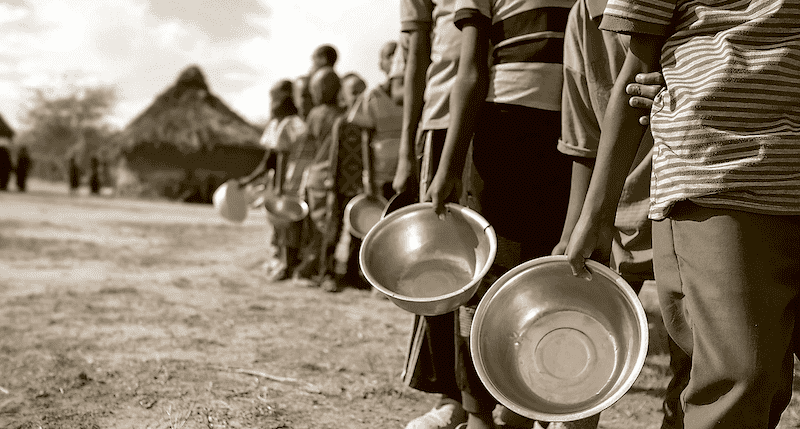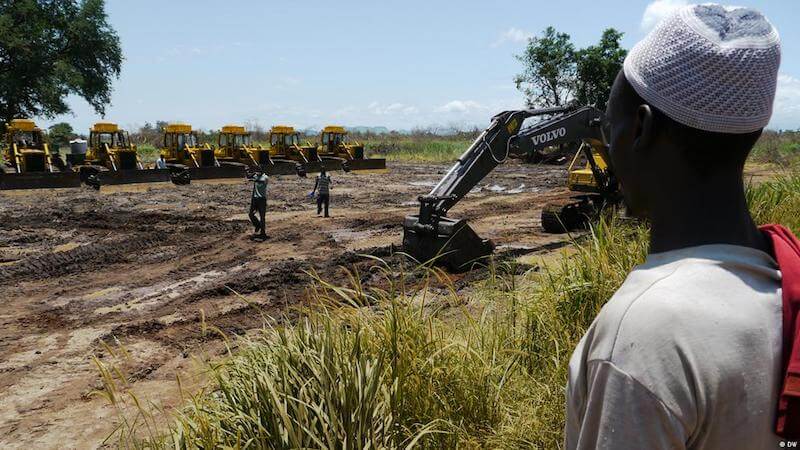
Marked by several issues including climate fluctuations, scarce water resources, and fractured supply chains, the growing global food crisis touches millions of lives.
Various strategies can be employed to counteract food deficiency, encompassing improving agricultural productivity, enhancing market accessibility, and establishing social support systems to aid vulnerable populations. Addressing the root causes of food deficiency, such as conflict, economic instability, climate change, and enhancing food production, can be crucial in preventing the crisis from manifesting in the first place.
Nutritional instability is closely tied to food deficiencies and represents the state of being unable to obtain enough nutritious food. More than a billion people worldwide are facing some level of food insecurity due to conflict, climate change, or natural disasters.
Severe hunger and starvation are intense forms of food deficiency that can strike anywhere around the world.
There are a range of strategies that can be used to address food shortages, including improving agricultural productivity, increasing access to markets, and implementing social safety nets to support vulnerable populations. Additionally, addressing the root causes of food shortages, such as conflict, economic instability, climate change and improved food production can help to prevent them from occurring in the first place.
Food insecurity is closely linked to food shortages, and it refers to the state of being unable to access sufficient and nutritious food. According to the United Nations, over 690 million people worldwide are currently experiencing food insecurity. This is often due to poverty, which can prevent people from being able to afford the food they need to survive. In addition to poverty, other factors such as conflict, climate change, and natural disasters can exacerbate food insecurity, leading to a range of negative health outcomes.
Famine and starvation are severe forms of food shortage that can occur in any part of the world. They are often caused by a combination of factors, including conflict, natural disasters, economic instability, and inadequate access to food and other essential resources.
Currently, there are several regions in the world that are experiencing famine and starvation:

Droughts and climate shifts are key players in the global food crisis. Droughts can lead to crop failure, reducing food production and resulting in food deficiencies. Changing weather patterns are creating droughts in areas that just 20 years ago where major food producing regions like the “wheatbelt” in southwestern Australia.
Water scarcity presents another significant challenge linked to the global food crisis. As climate change continues to modify weather patterns, many countries face water scarcity issues. It requires a lot of water to grow food, more than half of the world’s fresh water is used for agriculture, and as supplies of this precious resource dwindle, regions of the world experience food shortages.
A diet deficient in nutrient can lead to malnourishment, which often results in stunted growth and a weakened immune system. Malnourishment and food insecurity go hand in hand, one pulling the other into a pandemic of malnutrition.
Food waste contributes to the global food crisis. It represents the loss of produce at any stage of the supply chain, either due to spoilage, damage, or improper storage. The World Food Organization estimates that more than half of the world’s exported food spoils before it reaches its port of destination.
Food autonomy is the right of people to control their food systems, encompassing production, distribution, and consumption, independent of external interference or exploitation. This autonomy is crucial for small-scale farmers who can be vulnerable to exploitation by larger entities or foreign investors.
Land seizure or 'land grabbing' is another element contributing to the global food crisis. More land is needed for agriculture; however, securing land by manipulative or nefarious means is causing unintended consequences with local populations that are poised to disrupt production of food grown to be shipped elsewhere.
Land grabbing exacerbates this issue, displacing local communities and small-scale farmers, often in developing nations. Large-scale investors like foreign governments, corporations, or affluent individuals, seize vast land areas for commercial agriculture, leading to job loss, displacement, and heightened poverty for those relying on the land for survival.
Foreign governments and Investors often grow profit driven crops like biofuels, palm oil, or soybeans over local staple crops, causing food shortages and price hikes in the countries where the land is located. A “food revolution” is brewing in countries most affected by these often-illegal land grabs.
Land grabbing can also lead to detrimental environmental consequences such as deforestation, soil degradation, and water scarcity, which can intensify climate change impacts and undermine agricultural resilience.
Addressing the issue of land grabbing requires robust policies and regulations that protect local communities and small-scale farmers' rights, promote sustainable agricultural practices, and prioritize food production for local consumption. What is needed is collaboration among governments, international organizations, and civil society groups to monitor land acquisitions and to ensure that these foreign interests adhere to the wishes and needs of the locals.

Fractured supply chains pose another major hurdle in the global food crisis. Disruptions in the food supply chain hinder farm to market delivery, which usually leads to food shortages and higher prices.
The steep increase in fertilizer costs is further exacerbating the global food crisis. The last 50 years, the world has become dependent on synthetic fertilizers, which use fossil fuels like natural gas to manufacture. As the cost if fossil fuel rise, so does the cost of production force many small farmers out of business altogether.
The food crisis is not confined to a specific world region. In Africa, for instance, food deficiencies and malnutrition are notably prevalent, with over 250 million people currently facing food insecurity. In America, more than 40 million people rely on food stamps. In China, food price inflation is a major concern, straining many family budgets.
To tackle the global food crisis, numerous solutions have been proposed. One such strategy involves boosting agricultural investment, particularly in developing countries. This can involve providing farmers with improved seeds, fertilizers, and superior transportation and storage infrastructure. A substantial investment in Crop Circle Farm crop propagation technologies could revolutionize global agriculture and mitigate many issues associated with the global food crisis.
Promoting sustainable agriculture, like agroforestry and conservation agriculture, can also help. These practices can boost soil health, enhance crop yields, and lessen agriculture's environmental impact. An innovative agroforestry method developed by Tree Plantation LLC in Florida combines climate change mitigation and food security.
Reducing food waste and loss can also contribute to addressing the global food crisis. Improved storage and transportation infrastructure, along with changes in consumer behavior, can help reduce food waste.
In order to address the underlying causes of food shortages, nutritional instability, and malnutrition, there must be concerted effort by governments to strive for a more sustainable and fair food system.
Ready to transform your land into a high-yield, sustainable farm? Let Crop Circle Farms design and build a custom, low-impact, and water-efficient farm tailored to your needs. Double your income and cut your costs in half! Contact Us
Help us expand our mission to revolutionize agriculture globally. We are seeking partners to implement Crop Circle Farms to feed people in need. Together, we can build scalable food production systems that save water, reduce costs, and feed thousands of people. Contact Growing To Give